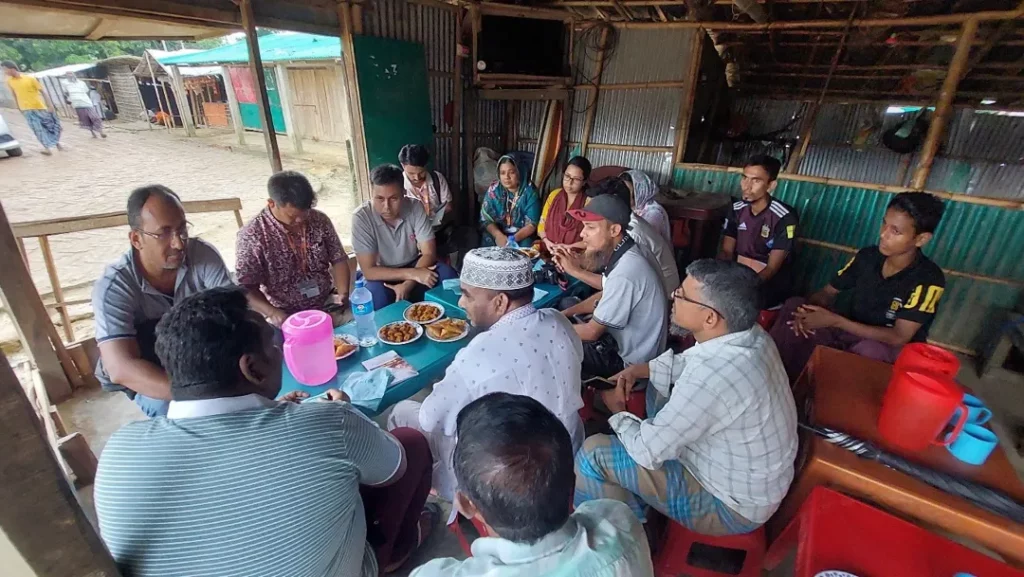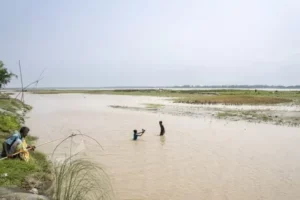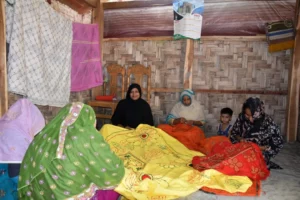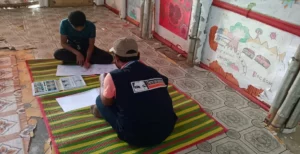Resolving Graveyard Conflict: A Case Study in Preserving Sanctity
The Rohingya crisis in Myanmar has presented complex challenges for both the Rohingya refugees and host communities, including the protection of graveyards. This case study highlights a successful conflict resolution approach to preserving the sanctity of graveyards between the Rohingya and the host community. It emphasizes the key factors that contributed to the success of the process, such as dialogue, community involvement, and prompt actions taken by the site management team in the camp.
Background: The Rohingya crisis, starting in 2017, led to mass displacements and forced Rohingya refugees to seek shelter in neighbouring countries like Bangladesh. Graveyard protection became a critical issue due to the cultural and religious significance it holds for the Rohingya community. Within Cox’s Bazar district, conflicts arose in Camp 26 and Camp 27, where both Rohingya and host communities shared a cemetery. The problem emerged from wastewater disposal practices compromising the sanctity of the cemetery.
Conflict and Resolution Efforts: The host community expressed concerns about the Rohingya community disposing of dirty water on the gravesite and proposed constructing a drain for appropriate wastewater management. Tensions arose when the Rohingya community reacted angrily to the prohibition of wastewater disposal. Conflicting behaviors arose, with one party advocating against littering while the other continued to engage in such practices. Both communities aimed to protect the sanctity of the cemetery, but with no drainage system, the Rohingyas had no alternative.
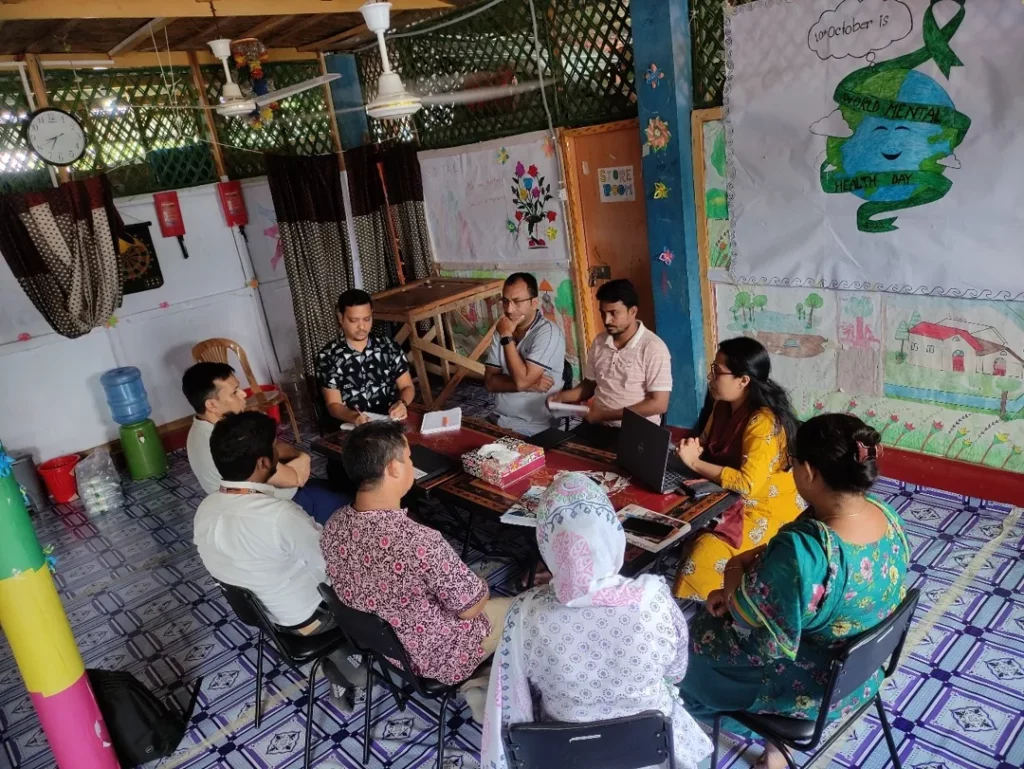
Conflict Resolution Process :
- Initial Session: Lead Mediators facilitated a meeting involving the owner of the cemetery and the Rohingya residing around it. This session created a safe space for open discussion and allowed all parties to express their concerns and insights.
- Meeting with local imams and Majhis: Mediators organized a meeting with local Imams and Majhis to address the issue from an Islamic perspective. The Lead Mediator emphasized the importance of upholding the sacredness of the graveyard according to Islamic teachings.
- Mediator-Mosque Committee Dialogue: Mediators engaged in a constructive dialogue with mosque committee members, discussing duties, responsibilities, and the importance of collaboration to preserve the cemetery’s sanctity.
- Committee Formation: Two committees, the Executive Committee and the Governing Committee, were formed, comprising members from the local mosque committee and respected individuals from Camp 26 and 27. Initially reluctant, committee members recognized the significance of the cemetery and agreed to actively participate.
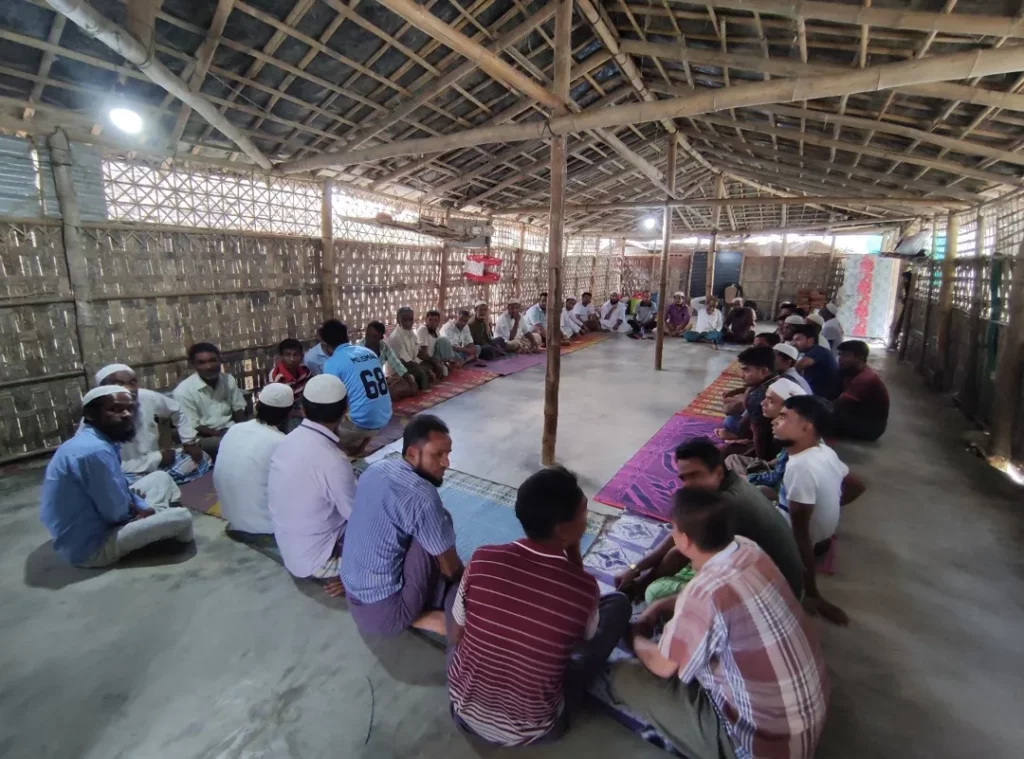
Support and Actions: The Lead Mediator received comprehensive training from Tdh in conflict transformation, asset-based community development and advanced mediation techniques. Tdh provided logistical support, issued an ID card, and offered a monthly honorarium. Furthermore, Tdh facilitated stress management through Psychosocial Support (PSS) activities and introduced recreational activities to equip individuals with skills to handle complex situations.
Community Actions: The Rohingya community collected donations to fund bamboo fencing around the cemetery. The committees established protocols, including seeking permission from the cemetery committee for burial. Local mediators raised awareness against littering and advised children not to play in the graveyard area.
The successful resolution of the conflict was achieved through mutual respect for the cultural and religious traditions of both communities. This case study underscores the importance of involving all stakeholders in conflict resolution and promoting understanding and empathy among diverse cultural and religious backgrounds. Above all, it emphasizes the collective responsibility to preserve the sanctity of the cemetery.
Share on socials:
